Need to charge your iPhone faster in a pinch? Here are ways to get more battery charge in less time.
Sometimes you need a quick charge for your iPhone. Maybe your iPhone is almost dead, you’re leaving the house, and have mere minutes to recharge.
At times, this could be inconsequential—a car charger or outlet could be just a short walk away later. Yet, there are also times when a fast charge is critical, when you’ll be out for most of the day in places where charging isn’t practical or even possible.
Whatever the circumstance, here are tips for charging your iPhone as fast as possible.
1. Upgrade Your iPhone’s Charger and Cable
Since the release of the iPhone 8 in 2017, Apple has equipped its smartphones with fast charging. It's a feature that works with an array of official and third-party charging accessories.
Any Apple charger with high enough wattage, or a third-party charger that supports USB Power Delivery (PD), is compatible. You'll also need a Lighting to USB-C power cable. This cable and charger combo allows you to charge your iPhone up to 50 percent battery in around 30 minutes. Some manufacturers claim charging speeds of up to 2.5 times faster.
There are a variety of brands and models to consider for fast USB PD chargers, but the fastest range in power from 30W-60W per port. When purchasing a charger, it’s important to check total power versus port power. Some chargers claim to produce 30W of power, but in a two-port charger, this is often divided into 18W and 12W for each USB port.
2. Turn Off Your Phone
While this tip may seem obvious, turning off your iPhone is often harder than you'd think. With texts, emails, messages, note-taking, calls, reminders, and more living on your phone, turning it off—even for a short time—can be unnerving. This is especially the case if you’re always on the go and have to check in with work.
However, your phone will definitely charge faster when it's turned off and doesn't have to keep up with everything it's running. If you can help it, shut your phone off, plug it into charge, and go into another room to get work done on your computer. Hopefully, before you know it, you'll be charged up.
3. Put Your iPhone in Airplane Mode
If a complete shutdown isn't an option, the next option is to put your iPhone in Airplane Mode.
The iPhone’s cellular connectivity is one of the biggest energy users. When not using Wi-Fi, our mobile phones are constantly in search of the nearest cell tower. Your device emits radio waves to locate them and is continuously analyzing signal strength to gauge a tower’s proximity for the best connection. It’s a heavy task and the energy requirements only increase when towers are sparse and your phone must reach out by emitting stronger signals.
Airplane Mode offers a temporary reprieve from these actions, since it disables all wireless radios of your device. Tests have shown this feature can cut full charge times by a few minutes. While not huge, every little bit helps.
If you’re new to iOS or unfamiliar with Airplane Mode, simply open Control Center by swiping down from the top-right corner on iPhones without a Home button, or swiping up from the bottom of the screen on models with a Home button. Once it's open, tap the airplane icon to enable or disable the mode.
4. Turn on Low Power Mode.
Like Airplane Mode, your iPhone’s Low Power Mode can accelerate charging by reducing the phone’s workload. When Low Power Mode is on, most non-essential background tasks are temporarily reduced or paused.
Some functions affected include automatic email fetching, automatic downloads, certain visual effects, iCloud, auto-lock, and 5G usage. It also halts background app refresh, a feature that lets apps not currently in use to keep checking for new content and updates.
To toggle Low Power Mode, open Settings, choose Battery, and tap on the Low Power Mode switch at the top of the screen.
5. Keep Your iPhone Cool
When charging, it’s important to keep your iPhone cool so it can operate at optimal levels. This means avoiding excessive outside heat from the sun, as well as heat generated by the iPhone itself.
To block outside heat, remember to keep your device away from direct sunlight and avoid setting it on hot surfaces, such as the tops of appliances or other electronics.
While charging, it’s also important to stop using apps that may create temperature spikes. Resource-heavy mobile games are notorious for heating up your device, so you should avoid them while your phone is on the charger.
If your iPhone gets particularly hot while charging, it's not a bad idea to remove your case to disperse any built-up heat. This shouldn't be a problem in most cases, though.
6. Stay Away From Wireless Chargers.
What wireless chargers gain in convenience, they lose in efficiency. When you need a quick charge, it’s best to avoid this option. Even though wireless charging is handy, it's not as fast as traditional wired charging.
If in doubt, look at the power figures of Apple’s own MagSafe Charger. The product page notes that it provides up to 15W charge, compared to the 30W or even 60W chargers that use traditional cables.
In tests, Consumer Reports found a notable time difference as well. Apple’s MagSafe wireless charger took two hours and 36 minutes to charge an iPhone 12 Pro. In contrast, Apple’s stock Lightning cable for the phone needed only one hour and 45 minutes to accomplish the same task.
So use wireless if you must, but avoid it when getting as much battery power as possible in a short time is your goal.
7. Have a Backup Plan.
What’s better than an ultra-fast charge? Not needing one in the first place. Fast charging helps in a pinch, and is a great luxury to have. However, it’s more beneficial to have a charging backup plan for those times when you’re rushed and can't plug your device in.
This planning involves increasing your charging options. Consider buying extra chargers for your vehicles, office, backpack, or gym locker. You can even turn your car’s power socket into a "wall outlet" by purchasing a power inverter for faster charging on the go. While this isn't necessary in most cases, it can help if you spend a lot of time in your car and traditional charging isn't doing enough.
Don't forget about power banks: mobile batteries that can recharge your iPhone anywhere. Packing these as fail-safes is a smart move. There are also solar-powered battery packs that are incredibly useful when camping, hiking, biking, and doing other outdoor activities.

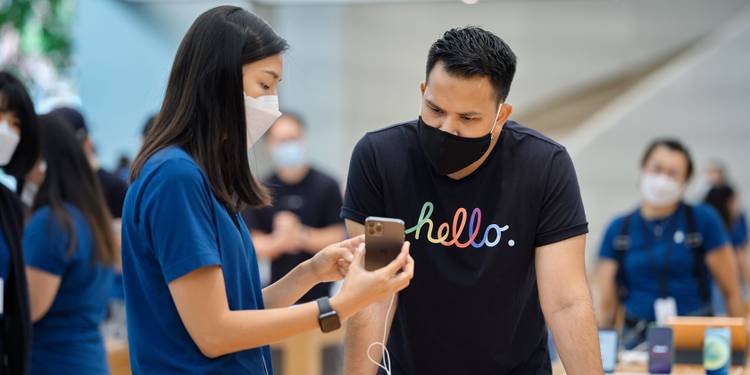
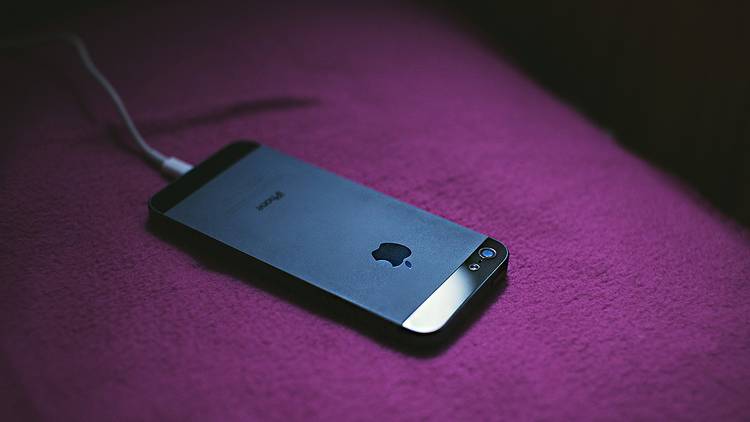
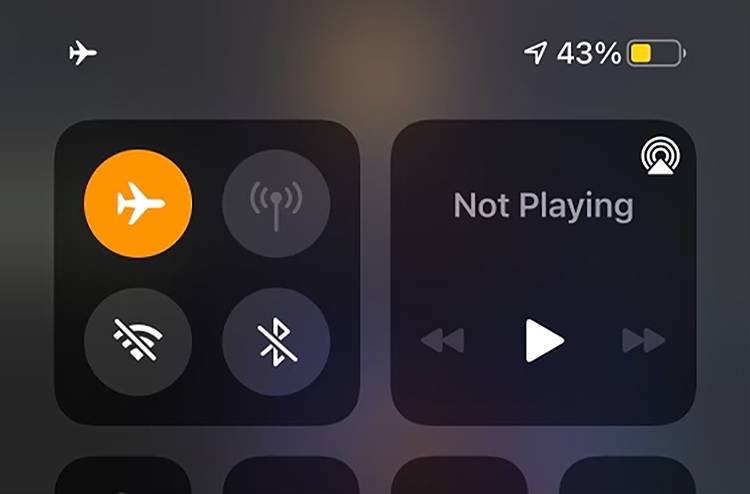
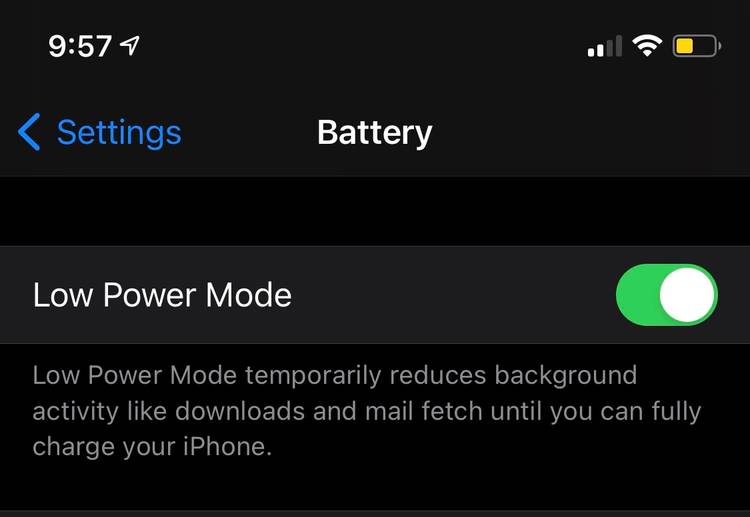

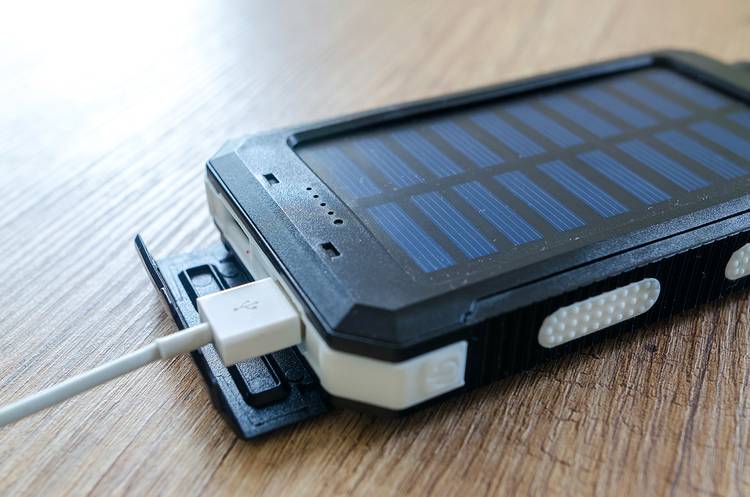


0 Comments